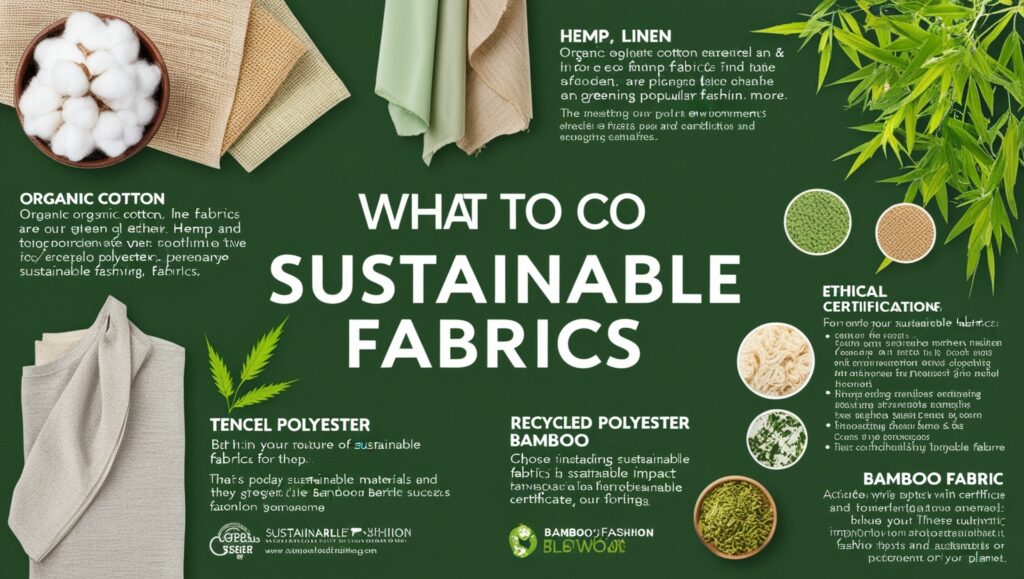Sustainable Fabrics You Should Look for Nowadays
In recent years, sustainability has transitioned from being a buzzword to an essential aspect of our lifestyle choices. The fashion industry, once criticized for its environmental and ethical impact, is now evolving to embrace sustainable practices. One significant area of focus is the use of sustainable fabrics. But what are these fabrics, and why are they important? Let’s delve into the world of sustainable textiles and explore the materials that are shaping the future of eco-friendly fashion.
Why Sustainable Fabrics Matter
The fashion industry is one of the largest contributors to environmental pollution. From water-intensive cotton farming to the production of synthetic fibers that release microplastics, the traditional textile manufacturing process wreaks havoc on the planet. Sustainable fabrics offer an alternative, reducing the environmental footprint of clothing production. These materials are typically renewable, biodegradable, and produced with minimal resources, ensuring a cleaner, greener planet.
Top Sustainable Fabrics to Look For
1. Organic Cotton
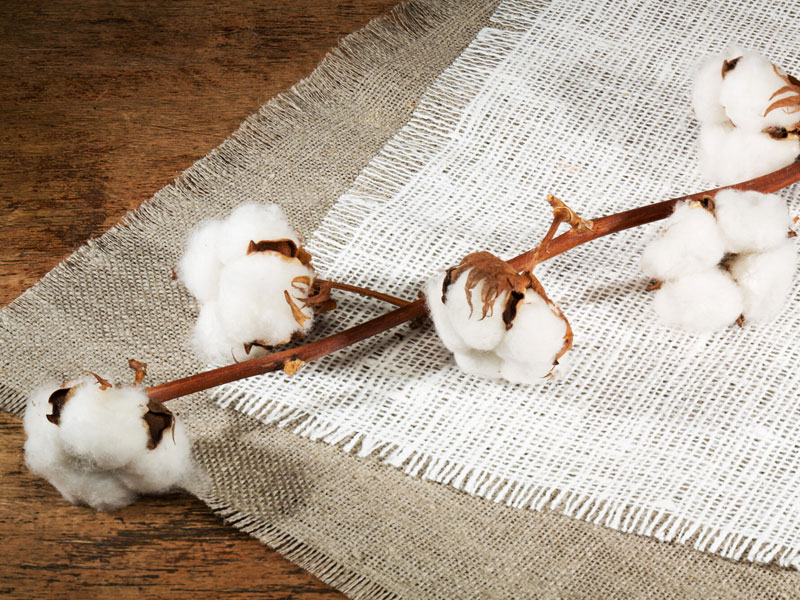
Unlike conventional cotton, organic cotton is grown without synthetic pesticides or fertilizers, significantly reducing environmental harm. It also uses less water, making it a more eco-friendly option. Organic cotton is soft, durable, and ideal for everyday wear. Look for certifications like GOTS (Global Organic Textile Standard) to ensure the authenticity of organic cotton products.
2. Hemp
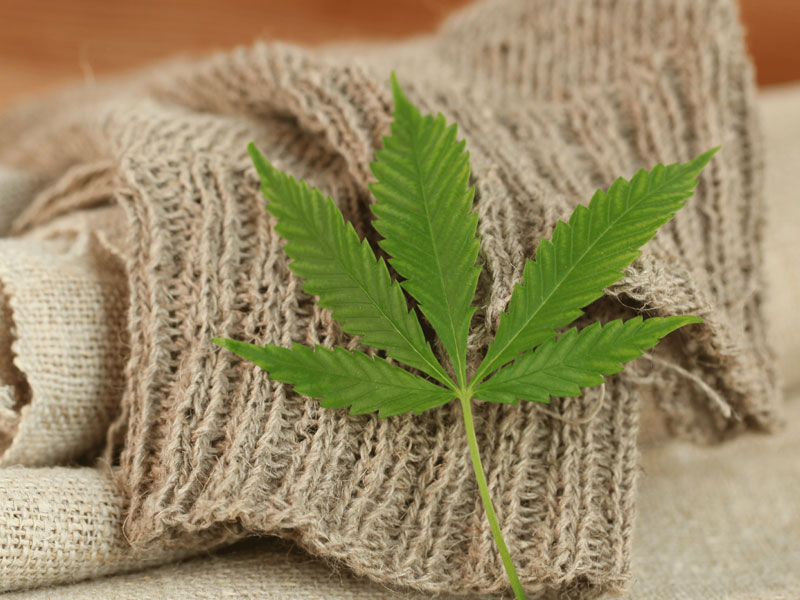
Hemp is a wonder fabric in sustainable fashion. It grows quickly, requires minimal water, and doesn’t deplete the soil. Additionally, hemp absorbs more CO2 than most plants, contributing to reduced greenhouse gas emissions. Hemp fibers are strong, long-lasting, and versatile, suitable for everything from clothing to bags.
3. Linen
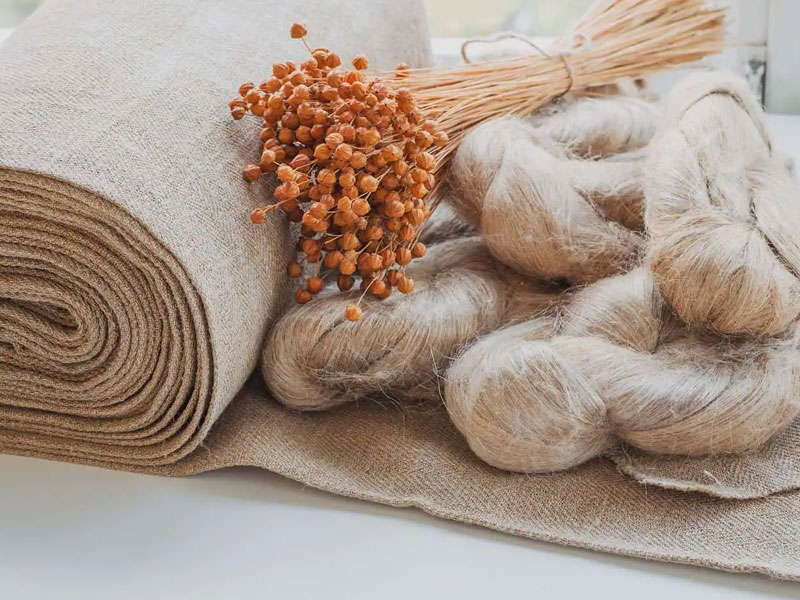
Derived from the flax plant, linen is one of the oldest textiles known to humanity. Flax grows with minimal resources, and every part of the plant can be used, resulting in zero waste. Linen is highly durable, breathable, and naturally biodegradable, making it an excellent choice for sustainable fashion.
4. Tencel (Lyocell and Modal)
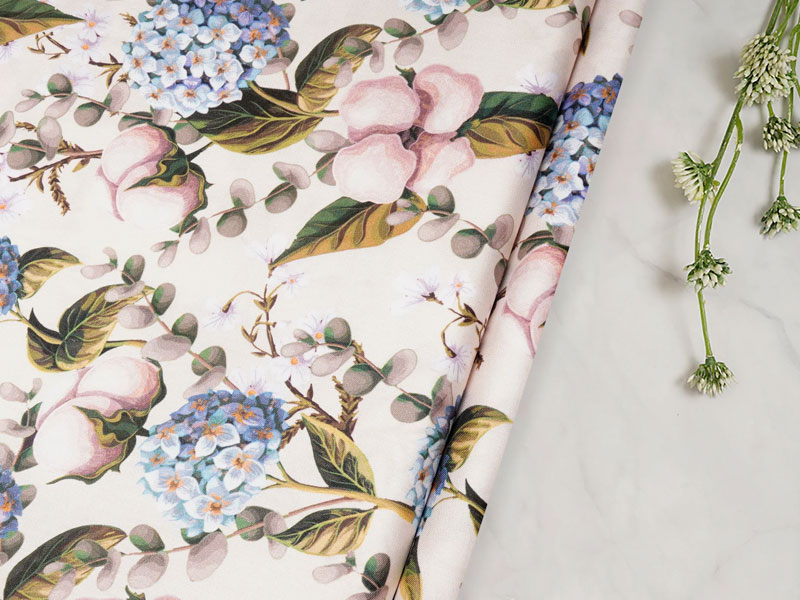
Tencel is a brand name for lyocell and modal fibers, which are derived from sustainably sourced wood pulp, often from eucalyptus trees. These fibers are produced using a closed-loop process that recycles water and solvents, minimizing waste. Tencel fabrics are soft, silky, and highly absorbent, perfect for activewear, loungewear, and beyond.
5. Recycled Polyester
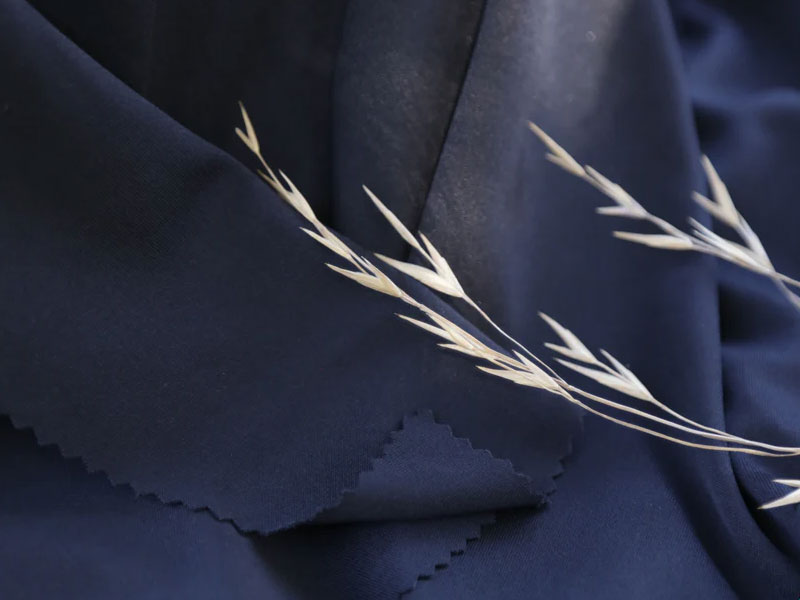
While polyester is a synthetic material, recycled polyester gives discarded plastic bottles and old garments a new lease on life. This process reduces plastic waste in landfills and oceans while cutting down on the energy needed for virgin polyester production. Although it’s not biodegradable, recycled polyester can be part of a circular fashion model if reused repeatedly.
6. Bamboo Fabric
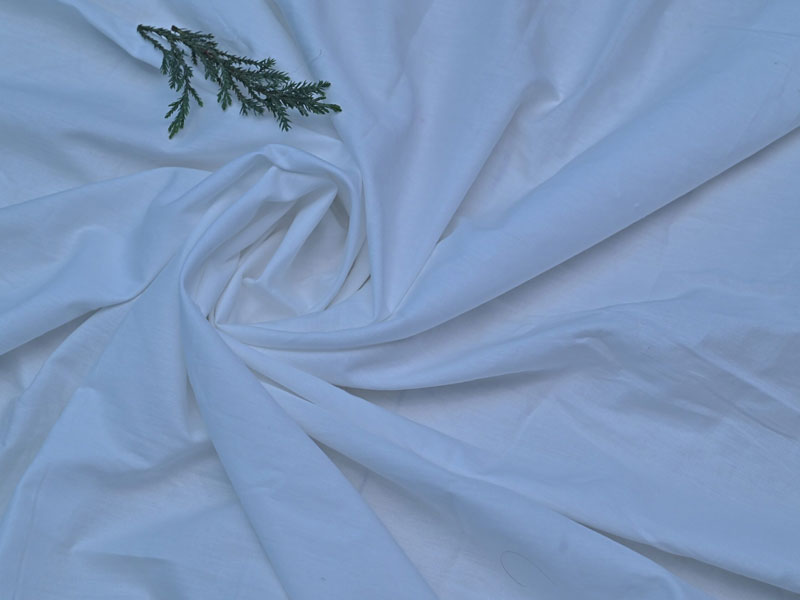
Bamboo grows rapidly and doesn’t require pesticides, making it an eco-friendly resource. However, not all bamboo fabrics are created equal. Look for bamboo linen or mechanically processed bamboo fabric, as chemical-intensive production can offset its benefits. Properly sourced bamboo fabric is soft, breathable, and antibacterial.
7. Piñatex
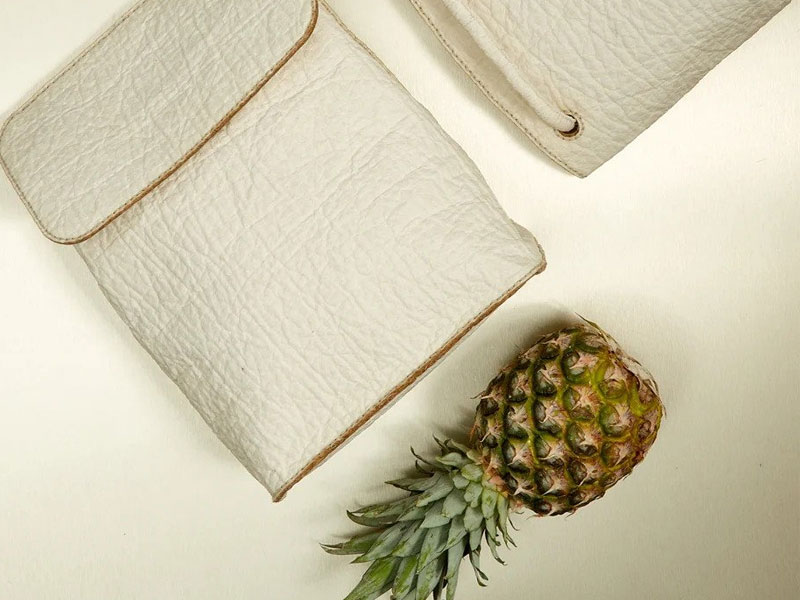
Piñatex is an innovative, leather-like material made from pineapple leaf fibers, a byproduct of the agricultural industry. This cruelty-free alternative to leather uses agricultural waste, reducing the need for additional resources. It’s durable, lightweight, and ideal for accessories and footwear.
8. Wool (Sustainably Sourced)
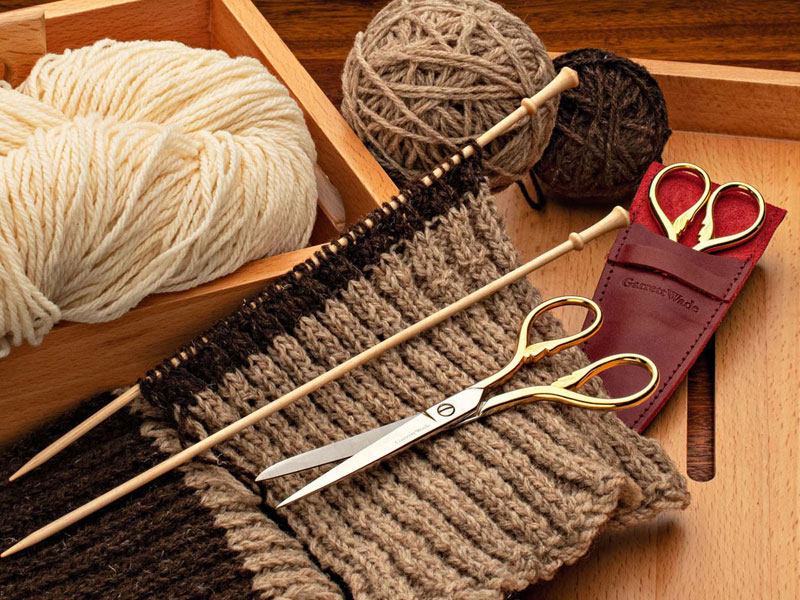
Wool is a natural, renewable, and biodegradable material. However, sustainable wool practices ensure animal welfare and environmentally friendly grazing practices. Look for certifications like Responsible Wool Standard (RWS) when choosing wool products.
9. Cork Fabric
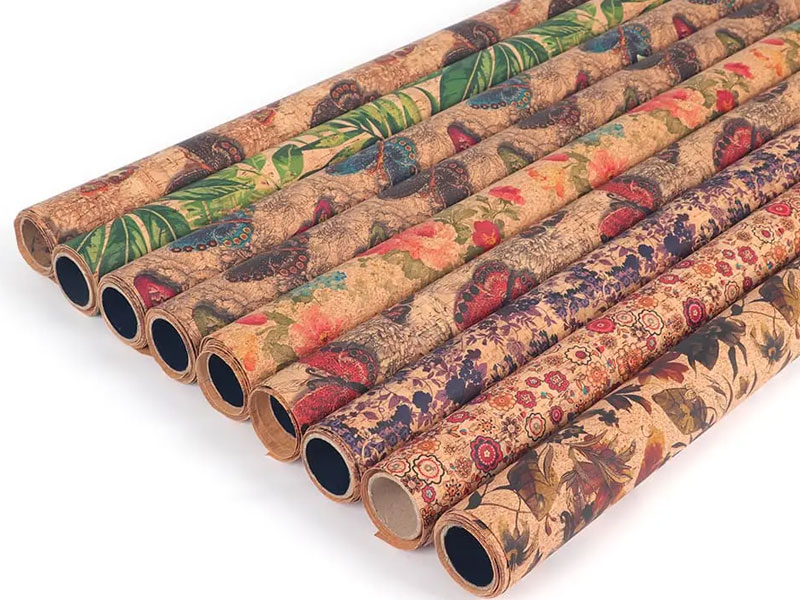
Cork is not just for wine stoppers! Cork fabric, made from the bark of cork oak trees, is a sustainable, vegan alternative to leather. The trees aren’t cut down during harvest, allowing them to regenerate. Cork is lightweight, waterproof, and ideal for accessories.
10. Econyl
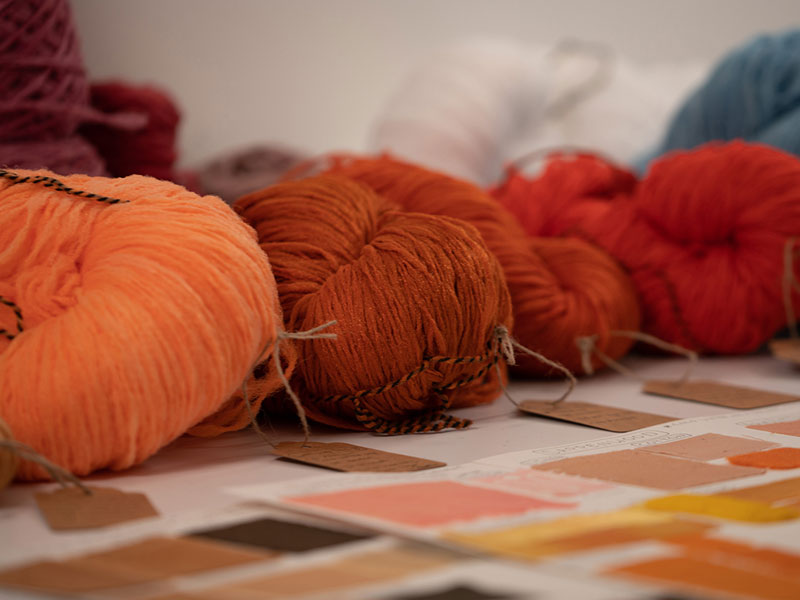
Econyl is a regenerated nylon made from discarded fishing nets, fabric scraps, and industrial plastic waste. This material is not only sustainable but also promotes circularity by giving new life to waste products. It’s commonly used in swimwear and activewear.
What to Consider When Choosing Sustainable Fabrics
- Certifications: Look for certifications like GOTS, OEKO-TEX, Fair Trade, or RWS, which ensure ethical and sustainable practices.
- Lifespan: Opt for durable materials that will stand the test of time, reducing the need for frequent replacements.
- Biodegradability: Choose fabrics that will naturally break down at the end of their life cycle.
- Local Sourcing: Whenever possible, support local manufacturers to reduce the carbon footprint of transportation.
The Role of Consumers in Driving Change
As consumers, our choices matter. By opting for sustainable fabrics, we send a powerful message to the fashion industry, encouraging brands to adopt greener practices. Additionally, caring for our garments by washing them less frequently, repairing rather than discarding, and recycling old clothes further amplifies our impact.
Final Thoughts
The journey towards a sustainable wardrobe starts with informed decisions. By choosing fabrics like organic cotton, hemp, Tencel, and others mentioned above, we can enjoy stylish, high-quality clothing while minimizing environmental harm. Sustainable fashion is not just a trend; it’s a responsibility we owe to future generations and the planet.
What sustainable fabric are you excited to try? Share your thoughts and join the movement towards conscious fashion!

